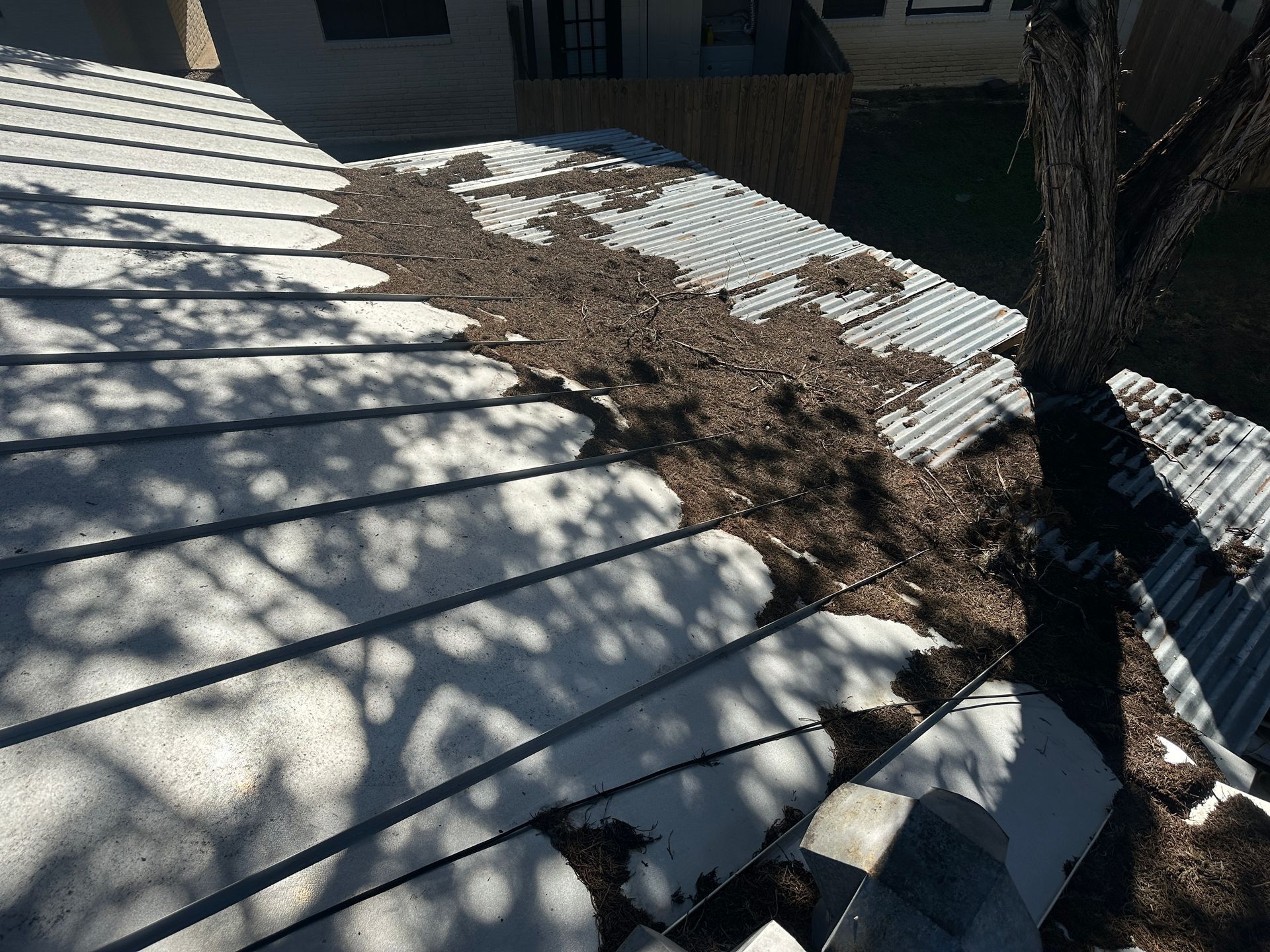Have you recently experienced High Winds or Hail? Do you worry that your home may have potentially been damaged, but aren’t sure what to do?
Here is a step by step guide to help you through the process.
- If you have concerns that your home may have been impacted by storm damage, the first step to take is to contact a reputable Roofing Contractor to assess the situation. In many cases, roof damage cannot be seen from ground level. Be sure to check references and reviews to find the best Contractor to assist.
- If upon inspection there is found to be damage to your home, the next step is to contact your Insurance Provider. Your Contractor will provide you with a Date of Loss, which will be necessary to assign the Claim to an Insurance Adjuster. Once the claim has been initiated, an Insurance Adjuster will be assigned to your Claim. Your Adjuster will be in contact within 72 hours to schedule a date and time to perform their inspection.
- It is always a good idea to have your chosen Roofing Contractor present for the Insurance Adjuster’s inspection, as they have already examined the property and can provide key information to assist. This can help streamline the claim, as any potentially unseen or missed damage can be presented.
- Once the Insurance Adjuster has thoroughly inspected the property, they will assemble a damage report. They will utilize a software program designed to properly estimate the value of the damages and the cost to replace any damaged property. As many Homeowners have never experienced this process, the Estimate provided is designed to protect the Homeowner from less reputable or experienced Contractors that may cut corners or inflate their Estimate. The general value of the project will be provided by the Insurance Carrier, which eliminates the need to collect multiple “Bids” for the project.
- After the Estimate has been received, your chosen Contractor will be able to schedule the project and get your home back to its original condition. Your Insurance Carrier will provide you with an initial payment, known as the “ACV” or Actual Cash Value. This is the estimated value of your property in its current condition and takes age and overall wear into account. This is not the full amount required to complete the project. It is important to keep in mind that the Insurance company withholds a portion of the funds until after completion to ensure a quality repair has been completed to their satisfaction by a reputable company.
- Upon commencement of the project, the Contractor will be required to collect your Policy Deductible and the first portion of the Insurance proceeds. This will allow them the opportunity to provide materials and labor to competently complete the project. Texas State Law requires a full payment of the deductible. Beware of any Contractor that tells you differently, as this would constitute Insurance Fraud and could cause larger issues down the road.
- Upon completion of the project, your Contractor will provide the information pertinent to the project to your Insurance Carrier, including the proof of payment of your Deductible. This is largely considered a contingency for your Carrier to release the remaining funds, known as “Recoverable Depreciation.” Upon receipt, the Insurance carrier will release the Depreciation, which will be paid to the Contractor upon receipt. After payment is complete, the Contractor will finalize your project by providing documentation including a Paid in Full receipt and all Warranty information. At this point the project is complete and all parties have been satisfied.
It is very important to work with the Insurance Carrier’s Scope Of Work and Estimate to ensure 100% satisfaction of the claim. Any deviation could lead to issues. It is also important to understand that in some cases, additional work that that outlined in the Estimate could be necessary. Your Contractor will provide all necessary documentation to the Insurance Carrier, and a Supplemental payment will be approved. These funds will also be payable to the Contractor upon completion of the project.



